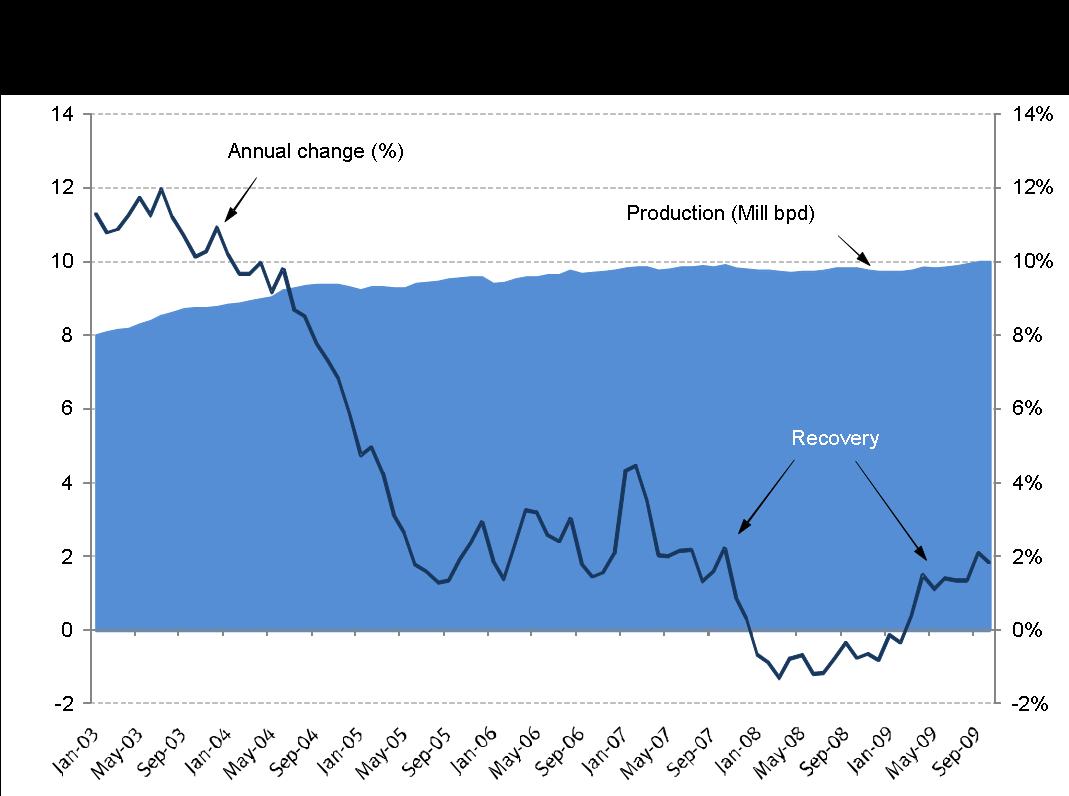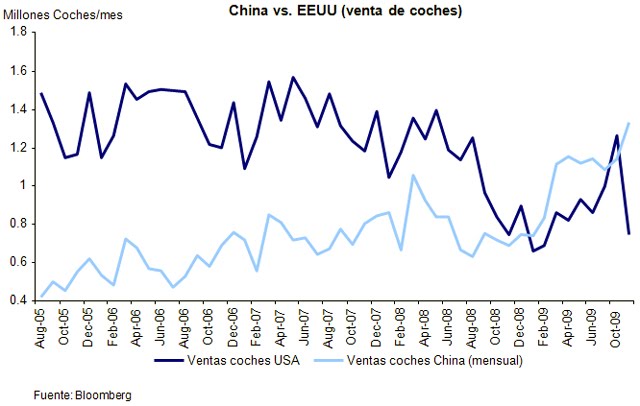Everyone talks about the electric car in Copenhagen, even when there are only five cars representing the sector at the summit. However, recently we have seen reports from the current U.S. government, which is not suspected of being paid by the oil industry, which show that the electric car can be a huge cost, and in the most optimistic forecasts, it will be an anecdote in the worldwide fleet of vehicles.According to a study commissioned by the U.S. Department of Energy, the electric car will cost $ 18,000 more than traditional cars because of the price of the batteries. Moreover, according to the study, funded by the U.S. administration, it is more than likely that the batteries to move these vehicles, lithium ion, will not be cheap enough to stimulate a shift by consumers, at least until 2030.
According to independent analysis, the cost of lithium-ion batteries may fall from the current $ 600-800/kwh to $ 300-500/kwh. An electric car needs a minimum of 20kwh of capacity and a hybrid requires at least 10kwh. I can not foresee a radical change in the global fleet switching to a car whose battery will cost over $6000. Funnily, there is a publicly traded company whose stock market valuation is equivalent to $40 million for electric car produced. But from a more optimistic perspective, the process is not going to eradicate traditional vehicles, but make available to the public an alternative that in the long term is acceptable.
The above study states that the electric car will require “subsidies of hundreds of billions of dollars” over the coming decades to reach a level of market penetration in vehicles with 20-60 kilometres of autonomy. The aim is to build some 40 million electric cars globally (a 15-17% penetration) in 2030. In light of this, listening to Copenhagen delegates predict the end of oil consumption is highly amusing.
The U.S. president, Barack Obama, wants to have one million electric cars on American highways in 2015. In Spain we want to have a million, as many as throughout the whole U.S., but in 2014. It seems very ambitious. And considering that in the U.S. they have already spent 11 billion dollars in subsidies to the project, even more difficult.
It is worth mentioning where the market is positioning itself to meet the demand that the electric car might generate. Besides building the necessary networks and generate electricity with nuclear energy, wind and coal, the challenge will be to control natural gas reserves sufficient to ensure supply of gas to CCGTs, essential to provide flexibility to the system in periodic increases of consumption. Because the gas supply overcapacity which we live today will not last much beyond 2014-2015, as we discussed a few weeks ago, moving from 30BCM per annum to 5BCM spare capacity, according to my estimates, once new LNG projects are completed. Also worth exploring is the possibility that the “shale gas” provides, a type of unconventional natural gas extracted from low-porosity rock, and we’ll talk soon about it.
And in times of overcapacity is when the bargains appear … Between 2008 and 2009 we have seen the big utilities invest more than $12 billion in gas reserves or gas producing companies. It’s obviously a long term bet. It is also Investor T. Boone Pickens,’ bet for example. And I think that is what Exxon sees, buying XTO for $31billion on Monday, some 7,500 million barrels of oil equivalent in gas reserves taking advantage of low prices. Exxon is always looking forward. We must listen.

